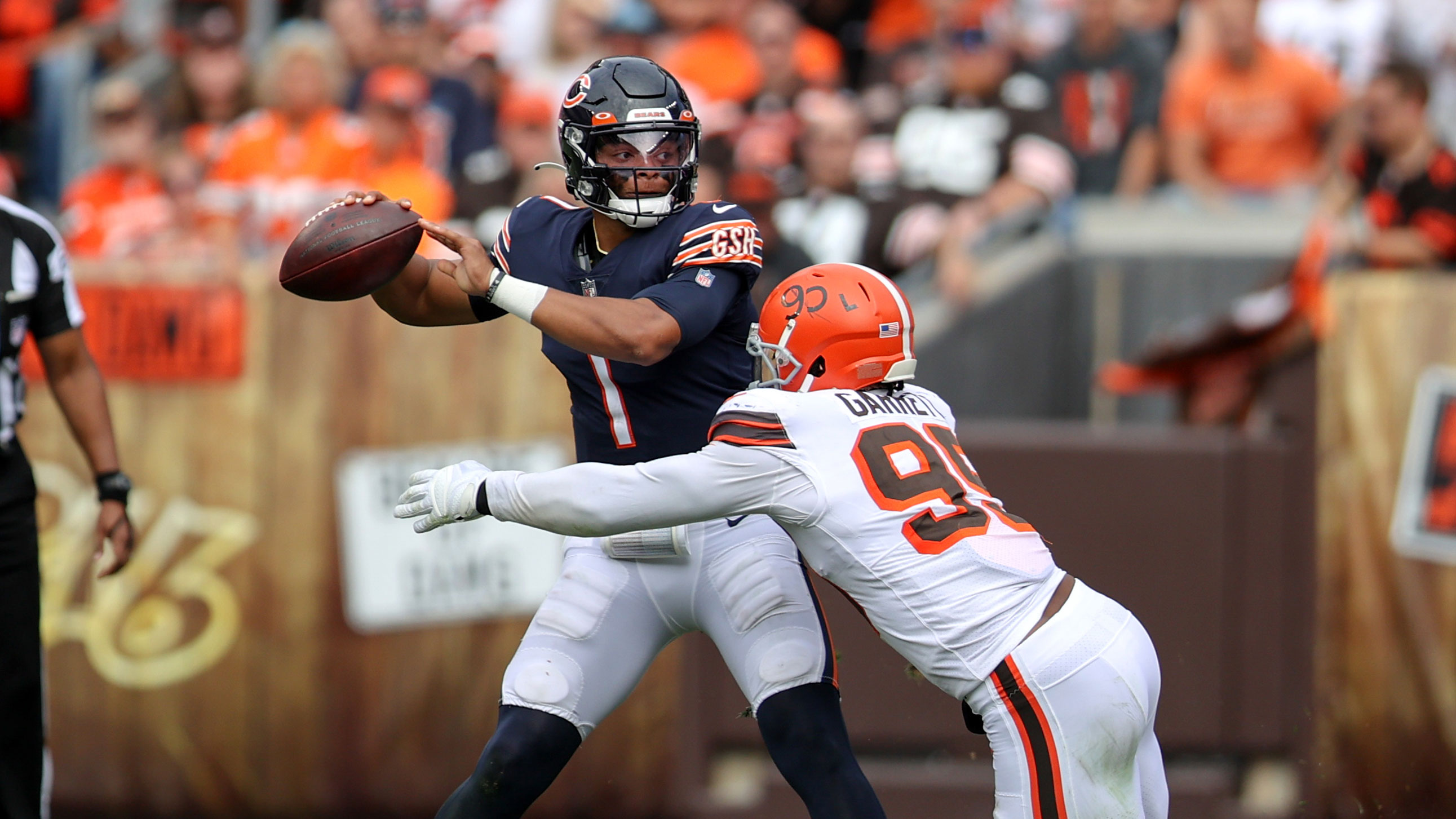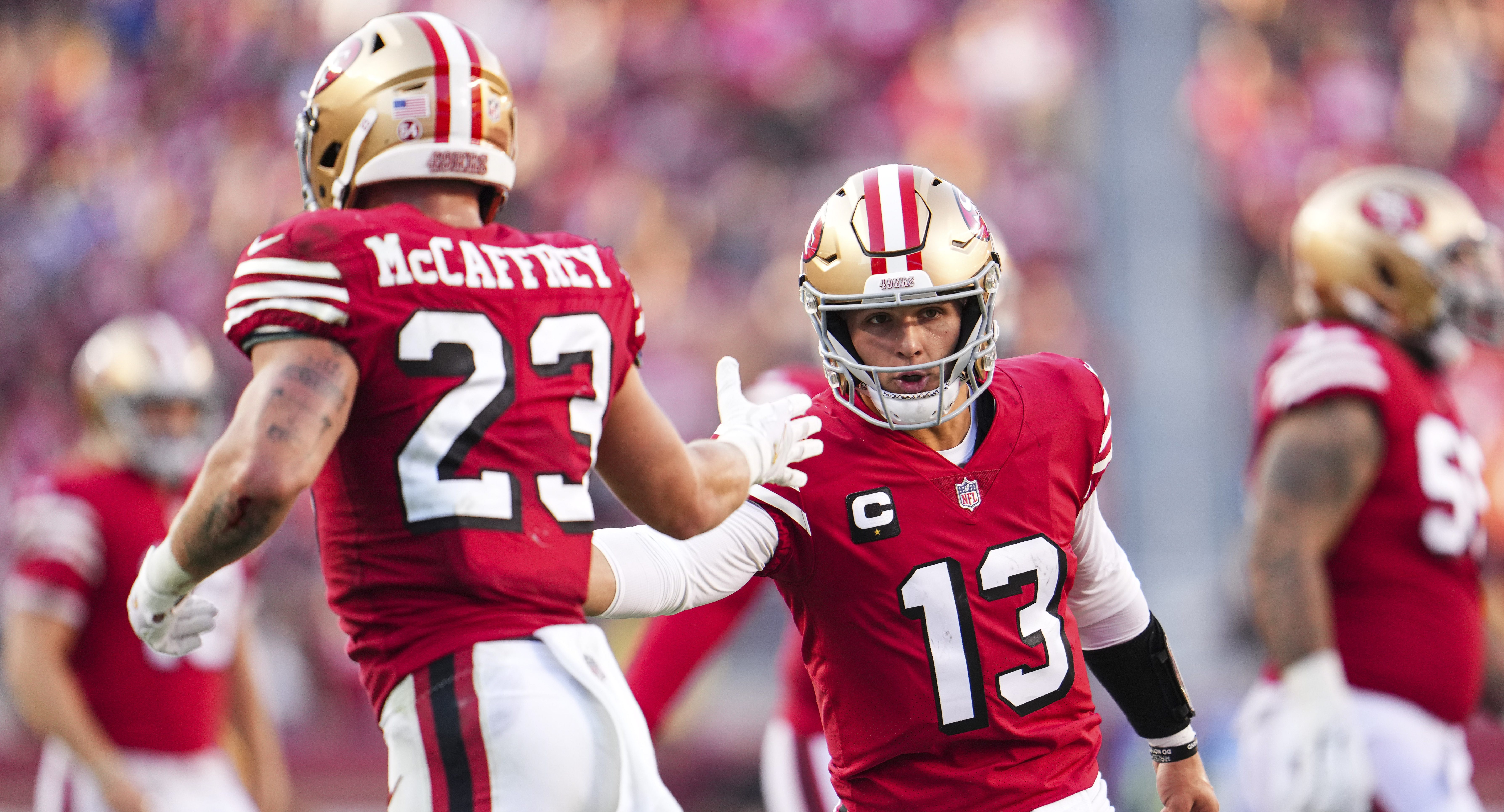After months of debate, discussion and speculation, the Bears finally signed a premier pass rusher on Thursday night, when they agreed to terms with Yannick Ngakoue. There was so much talk about the team adding a defensive end, because it was a clear deficiency in 2022 and the Bears hadn’t done much to address the position over the offseason.
On Saturday, Ryan Poles spoke about the signing for the first time, and he was frank when explaining why he made the move to bring in an extra pass rusher now. Poles said it was a mix of realizing the Bears defensive line could use a boost at the edges after seven training camp practices, and knowing that adding a player of Ngakoue’s caliber would elevate the defense overall, regardless of any perceived deficiencies.
Further, the Bears secondary has appeared to be a team strength in the early goings of the summer. By adding Ngakoue, the Bears can play up to that strength on the back end of the defense.
Stay in the game with the latest updates on your beloved Chicago sports teams! Sign up here for our All Access Daily newsletter.
“You want to be able to shorten that time to get the ball out,” Poles said. “You want your secondary– which I see right now– being really good in coverage, which is going to buy the guys up front time to get home.That was an emphasis that (head coach Matt Eberflus) and I had, was to get more pressure on the quarterback and create turnovers.”
As for why the Bears didn’t make the move earlier, Poles said this was a deal that simply needed more time.
“There’s a level of patience that you’ve gotta have to be a sound decision-maker… There’s time we’re gonna hit the gas and sometimes you wanna hit the brake. This one we wanted to be patient and make sure both sides are comfortable with what was going on.”
Ngakoue immediately becomes the top pass rusher on the Bears defensive line and joins fellow 2023 free agent signees DeMarcus Walker and Rasheem Green. In addition, the Bears are looking for Trevis Gipson, Dominique Robinson and Terrell Lewis to take the next step in their development along the edges.


